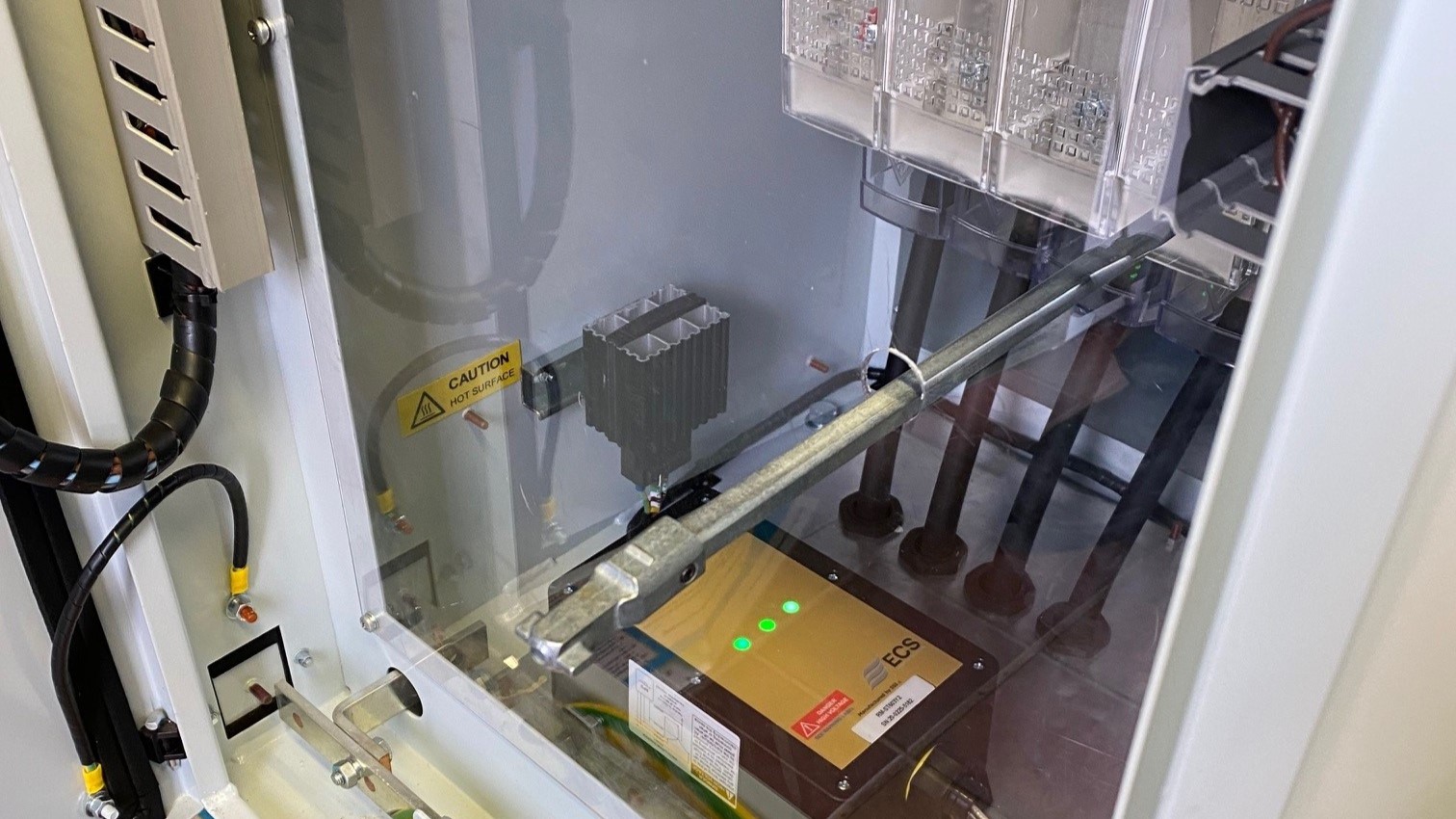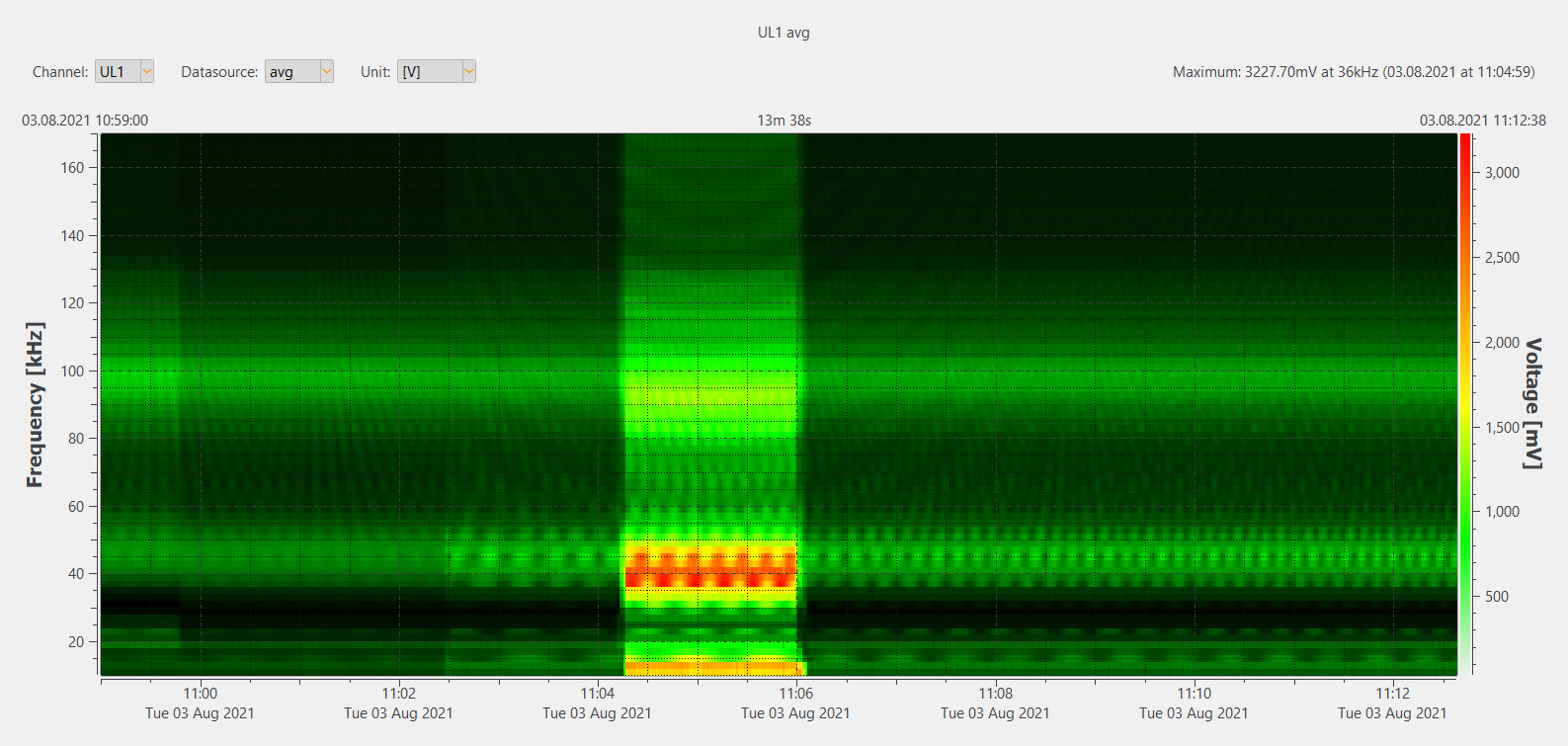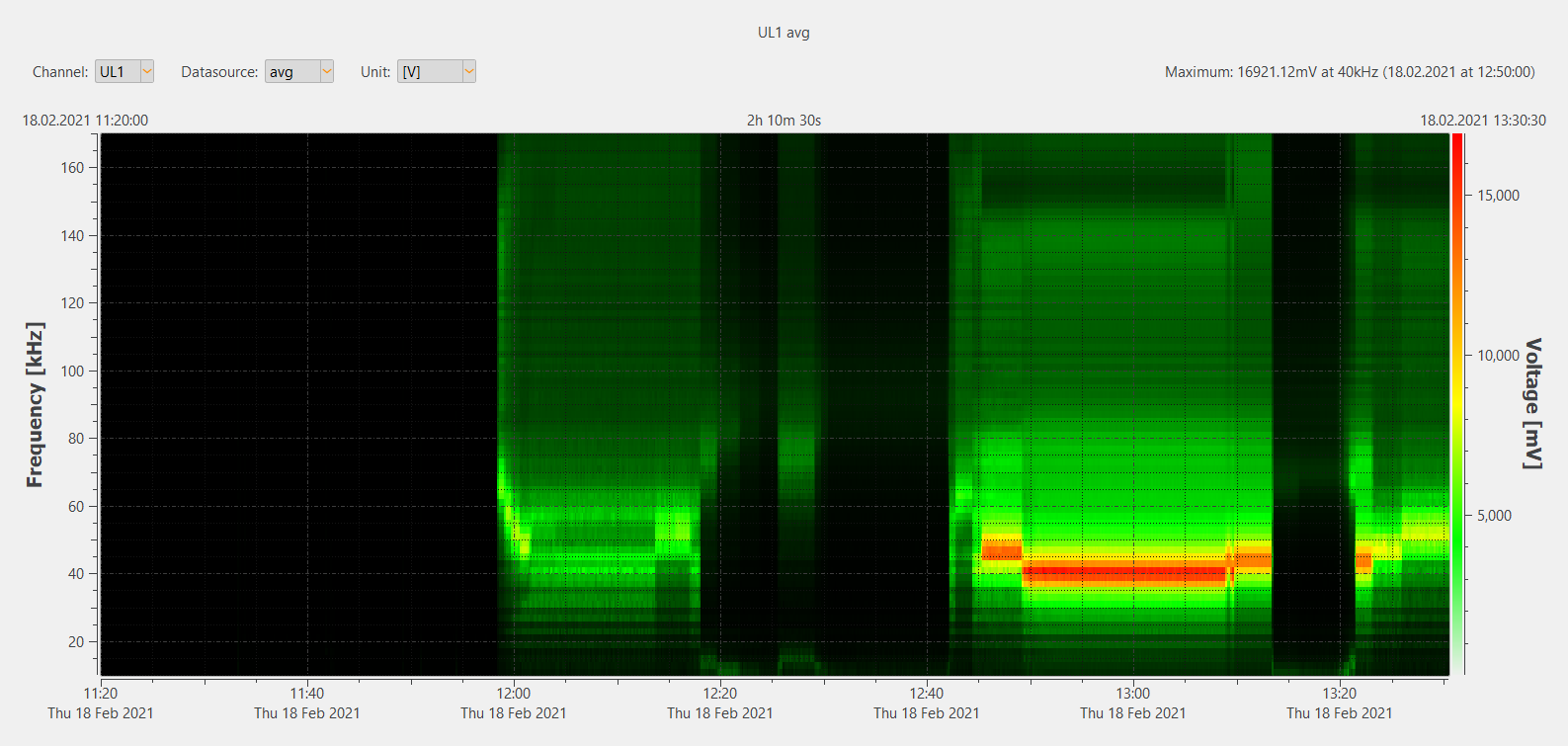Power quality is critical to every industrial environment, especially wastewater sites where critical equipment is at stake. However, the issue of harmonics and noise is common at pumping stations and can cause damaging interference.
Here John Mitchell, global sales and marketing director at power quality specialist, CP Automation, explains how operators can mitigate power quality issues in pumping stations.
According to pump supplier Deckpro, pumping systems account for nearly 20 per cent of the world’s electrical energy demand, with a 7.5 kW pump consuming 65,700 kWh per annum when running constantly at full speed. Equipment on these sites range from pumps, motors and VSDs to alarm and ventilation systems, with all consuming a significant amount of power.
The problem with power
Over the years, we’ve seen various pumping stations experience power quality issues, often relating to the earthing system. One pumping station in a public car park that diverted overflowing drain water experienced issues due to the site’s location. The owner struggled to use a traditional TN-S earthing system, so they opted for a TT system instead. This meant sticking one earth rod in the car park and another nearby, but the electrical noise was finding its way into sensitive equipment.
The borehole pump motors situated in the car park pumping station, which were powered by ultralow harmonic active front end (AFE) drives, had the monitoring and measuring systems routinely failing. The noise generated from the drives constantly tripped the site’s fire alarm system and earth-leakage circuit breakers (ELCBs). Meanwhile, the pulsar sensors, which measure water depth, gave unusual readings at different times throughout the day whenever the drives were running. Because the equipment was picking up the electrical noise, it was not giving a true reading.
Falling through the gap
The pumping station on the long-stay car park had already undergone several power quality studies, with all giving a clean bill of health. It was only when our team visited the site and used our PQBOX300 to measure the range of noise that the problem became apparent. We found that the application was generating noise ranging 30-100 KHz. This is a higher waveform distortion than harmonic mitigation would cover, but lower than where an electromagnetic compatibility (EMC) filter is capable of mitigating.
This means pumping station on the car park was experiencing a very specific issue — supra-harmonics. These are current and voltage waveform distortions in the range of 2-150 KHz, and they present a unique challenge to both operators and power engineers. Supra-harmonics are graded in two areas of noise, 2-9 kHz and 9-150 kHz, an area most oscilloscopes and other power quality devices cannot read.
Most mitigation devices are yet to catch up with the new Engineering Recommendation G5/5, which extended the values for planning and compatibility levels to the 100th order (5 kHz). Many devices are still working to the old standard of 2.5 kHz (50th order), despite the scope of emissions testing now being much broader.
Squashing the supra-harmonics
The first step in overcoming these blind spots is knowing where every device sits on the frequency spectrum. Power engineers can begin by installing filters that prevent the distortion of nonlinear loads at the source, whether it’s for an AFE drive or another device that is causing noise. For example, our HHFs or SineTamer surge protection devices can help mitigate the noise in this spectrum of supra-harmonics, which sits in between the noise being filtered by EMC and harmonic filters.
We recommended fitting a SineTamer device. While its primary function is surge protection, SineTamer also helps to prevent false zero crossings, which can lead to transients causing hardware failure. Therefore, the device provided a perfect solution for squashing the supra-harmonics, returning the output voltage to normal levels and almost immediately stopped disruptions.
Noise saturating sensors, the potential gassing of transformers and overheating of EMC filters are all common problems. Of course, the solution will always vary depending on the site, but we often recommend a combination of SineTamer surge protection devices and Revcon high harmonic filters (HHFs). These HHF’s can mitigate harmonics in the 40th -180th order (2-9 kHz), protecting affected devices from saturation, whilst the SineTamer looks after 180th – 3,000th order (9-150kHz). Over the years, we have solved supra-harmonics issues like these on several sites, and this combined approach can quickly prevent disruptions.
The wastewater industry relies on electrical power and can suffer from downtime if power quality issues spread. Although supra-harmonics are a new challenge, working with a power quality expert that understands — and is capable of measuring above the 50th order — can help overcome them.
Concerned about supra-harmonics impacting your electrical equipment? Find out more about how to mitigate harmonics on the CP Automation website.





